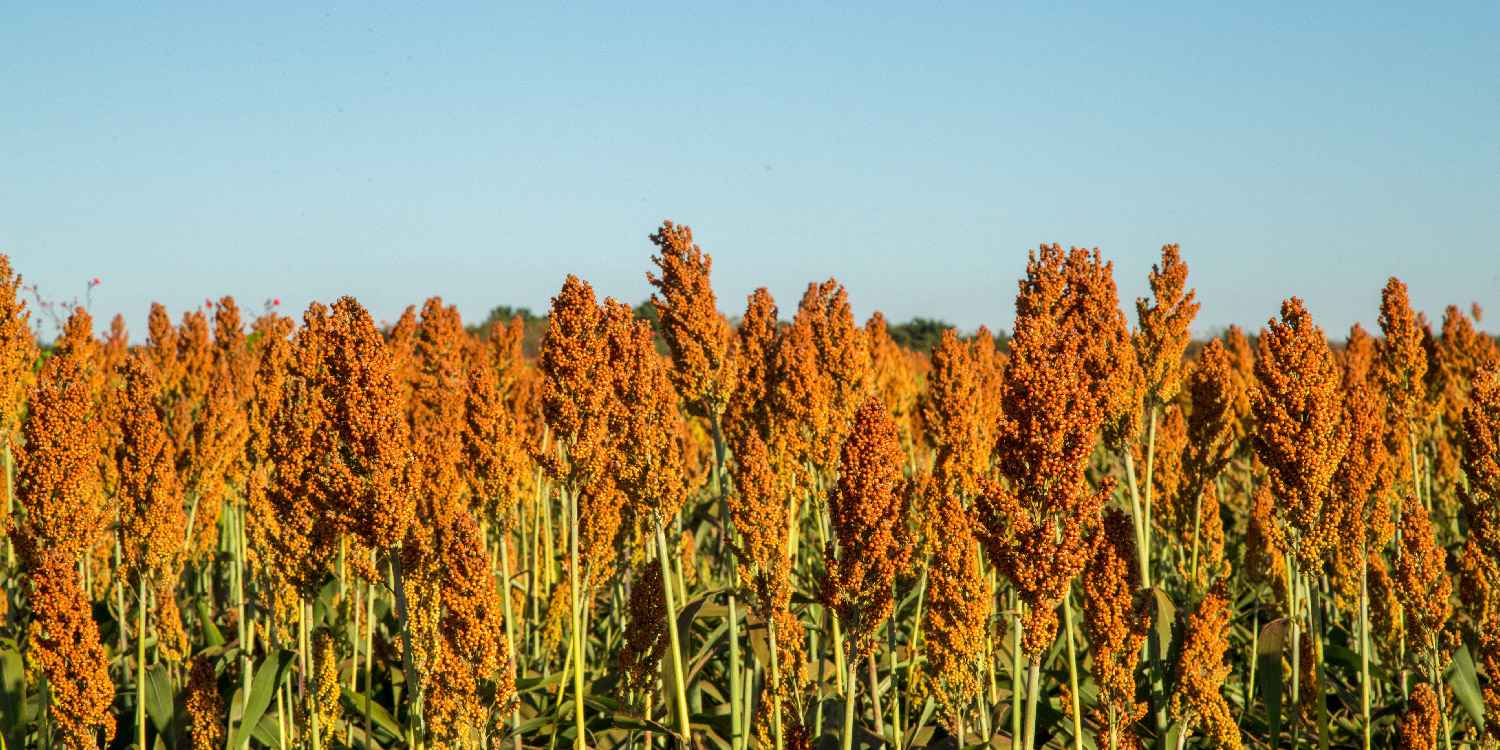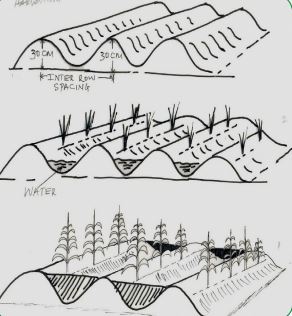Farmers can increase their sorghum and millet yields by 33 per cent by using the tied ridge water harvesting technique in dry areas such as Makueni, Narok, Taita Taveta, West Pokot, Kitui and Kajiado.
According to a 2016 research published in the International Journal of Environmental and Agriculture Research titled: Mulching and Tied Ridges as A Moisture Conservation Strategy to Improve the Yield of Sorghum (Sorghum Bicolor) in Semi-Arid Parts of Swaziland, tied ridges + mulch (TM) treatment yielded the highest (10.022 tons/ha) grain while Planting on flat soil (F) yielded the lowest (6.788 tons/ha).
Tied ridges may be constructed by hand or using mechanical ridgers. The ridges are constructed along the contours of the field using “A” frames to measure the contours along which the ridges will run. The spacing between the ridges depends on the spacing between rows of the crop but the height of the ridges is 30cm high.
Once constructed, the ridge ties are spaced at two meter intervals to prevent run-off from flowing along the furrows.
Related content
Fact sheet on how to grow the highly demanded sorghum crop
15,000 sorghum and bean farmers find market power in collective groups

Mature sorghum
Crops are planted on the upper side of each ridge midway between furrows and ridge using spacing; sorghum 75 cm x 20cm, pearl millet 60cm x 15 cm, finger millet,30cm x drill later thinned to 10cm apart).
Apply NPK i.e. Nitrogen Phosphorus and Potassium (20:20:0) at the rate of one teaspoon full per hole in clay to loam soil types.
When planted in ridges, sorghum yields increases from six to eight bags per acre while pearl millet increases from five to seven bags per acre as finger millet yields increases by one baf from four to five per acre.
Ridges help to conserve water by improving the water retention rate.
According to the 2019 Economic Survey Report released by the Kenya National Bureau of Statistics, sorghum production increased from 1.6m bags in 2017 to 2.1m bags in 2018 while millet increased from 0.6m bags to o.8m bags due to good weather conditions such as adequate rainfall during the season.

















Comments powered by CComment